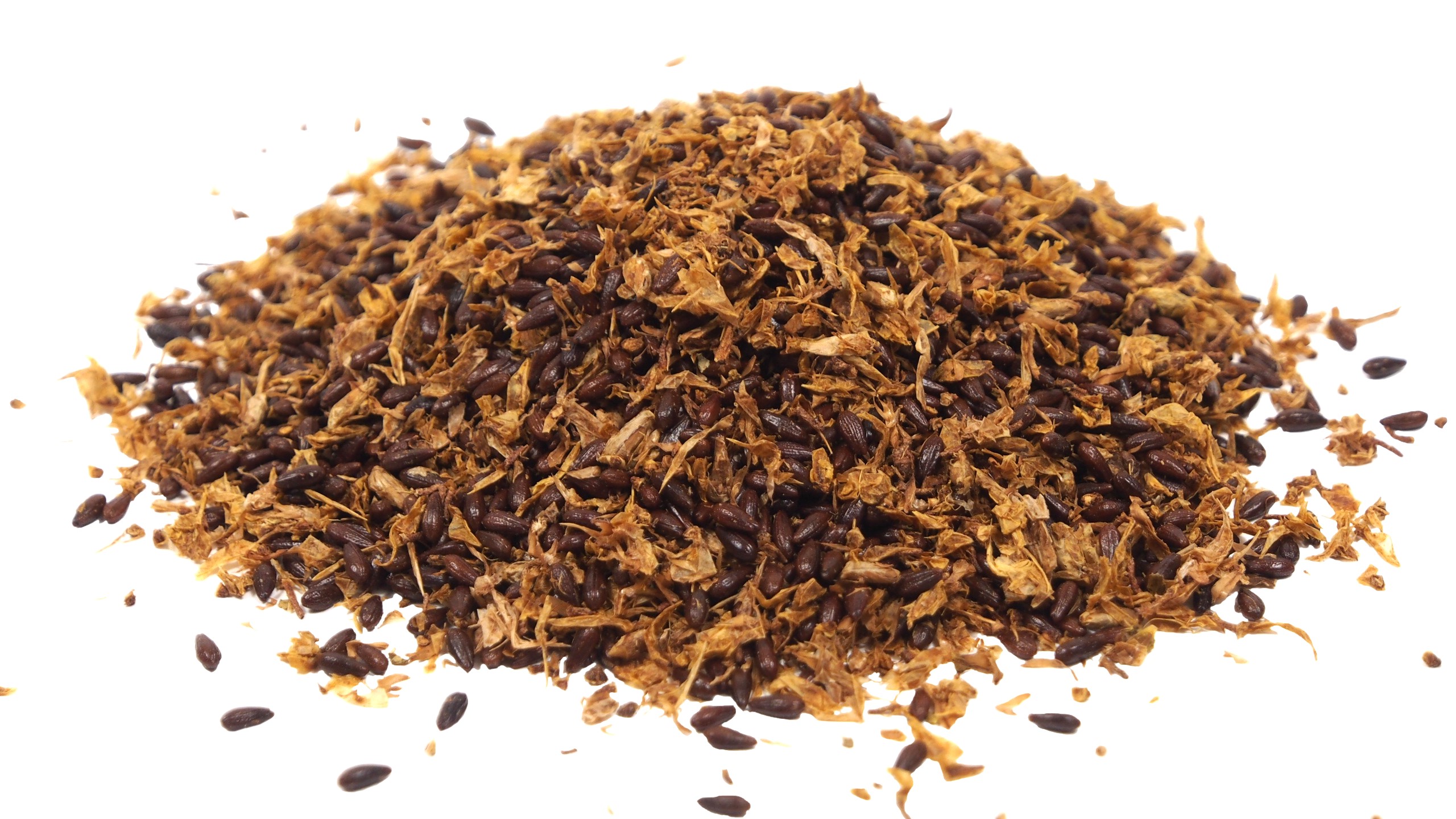Sea buckthorn oil
Oil extraction
Sea buckthorn oil is divided into three different types of oil.
- Sea buckthorn fruit oil
- Sea buckthorn seed oil
- Sea buckthorn pomace oil
On the one hand, the fruit pulp oil can be obtained by sedimentation or centrifugation of the raw pressed juice. However, this can also be produced by extraction with supercritical CO2.
Seed oil is obtained by separating the seeds from the pulp and then adding them to an e.g. Florapower hard kernel press. The pressing is done purely mechanically in a cold pressing process. In addition to cold pressing, extraction of the oil is also possible.
The pomace oil consists of a mixture of pulp and kernel oil and forms the actual sea buckthorn oil.
Characteristics and shelf life
The pulp oil is a thin to half-solid, clear oil, which owes its orange-red color to carotenoids. It has a fruity-sweet scent typical of sallow thorn, and it tastes like sallow thorn – fruity and aromatic. Kernel oil, on the other hand, is yellow-red and has no sallow thorn smell. The smell of pomace oil is described as sour, fruity, citrusy and like sallow thorn. Likewise, the fatty acid compositions of the different oils also vary. Thus sallow thorn oil is comprised largely of oleic acid (around 49.8%); of palmitic acid (around 19.5%), linoleic acid (around 11.3%), palmitoleic acid (about 10.5%), vaccenic acid (about 6.5%) and α-linolenic acid (about 1.1%). The composition of the pulp oil is as follows: around 35% palmitoleic acid, about 31-34% palmitic acid, around 24% oleic acid, about 5.2% linoleic acid, and around 1.7% α-linolenic acid. Kernel oil consists of ca. 33% linoleic acid, about 31.5% α-linolenic acid, about 21% oleic acid, ca. 8% palmitic acid, about 2.7% stearic acid, and around 0.6-1.7% palmitoleic acid. The pomace oil is made of ca. 24.7% oleic acid, around 23.5% palmitic acid, ca. 20.8% palmitoleic acid, ca. 14.8% linoleic acid, about 13.2% α-linolenic acid, and ca. 1.8% stearic acid. Perhaps the most striking feature of sallow thorn oil is its high vitamin E content, which makes it a valuable antioxidant. Other substances in the oil include vitamins A, B, and K; manganese, calcium, magnesium, and iron. Beyond that, the oil also contains lecithin, flavonoids, tannins, carotenoids, beta-carotene, sitosterol, as well as minerals such as phytosterols, biogenic amines, and polyphenols. Finally, the oil also contains a high portion of vitamin C.
Sallow thorn oil has a shelf life of 3 months when stored in a cool and dark location.
Use
Pharmaceutical and medical use
According to the Lexikon der pfanzlichen Öle und Fette (lexicon of plant oils and fats), sallow thorn oil can have many applications in the realm of medicine. It is supposed to help treat both inflammations in the genital region (vagina, uterus, cervix), as well as in inflammations of the oral mucosa. It also helps treat decubitus (bedsore), burns, and frostbite. Furthermore, sallow thorn oil can also be used to help with inflammations in the gastrointestinal area, since it is supposed to reduce stomach acid secretion, stomach mobility, and the activity of proteolytic enzymes. Additionally, studies have already been carried out to establish sallow thorn oil’s efficacy in treating skin diseases and preventing blood coagulation.
In folk medicine
In the realm of folk medicine, sallow thorn oil is used differently depending on the country or continent. In Europe, for example, it is used most especially for skin problems, yet in Mongolia, it is used primarily for coughs, rheumatism, diseases of the liver and lungs, and as a blood thinner. In Tibetan medicine sallow thorn oil is often used in a wide variety of forms (as an ointment, paste, compress, pill or powder, among other things) to help treat burns, stomach problems, respiratory diseases, illnesses specific to women, and frostbite; and also to strengthen the body and mind.
Cosmetic use
The following information is based on the Lexikon der pflanzlichen Fette und Öle. Sallow thorn oil offers many benefits. It can, for example, be used as a lasting protection against sunburn and sun allergies, as well as have antibacterial, analgesic, and wound-healing properties. Furthermore, because of its high percentage of palmitic acid, it can counteract dry, cracked skin and be effective against wrinkle formation and aging of the skin. Sallow thorn oil is often found in shampoos and hair masks to prevent an itchy scalp and the formation of dandruff. Most especially, due to its high antioxidant content (beta-carotene and tocopherol), sallow thorn oil offers many positive effects used in the cosmetic industry. Sallow thorn oil is supposed to possess many other positive characteristics: tightening of the dermal tissue; fortifying of the skin’s defensive and protective qualities; protection from free radicals, UV rays and harmful substances in the atmosphere; and also protection for elastic and collagen fibers in connective tissue. Additionally, sallow thorn oil is supposed to cause replacement of dead skin cells, and an even pigment.
In the food industry
Here, the oil is used in the production of confectionaries, flavorings, and the flavoring of sauces and canned fruits and vegetables.
We will be happy to advise you on this seed and show you options. Contact us
In addition to their own knowledge acquired through press trials, the following sources were used to create the article:
- Öle, natürlich kaltgepresst, Basiswissen & Rezepte, Marcus Hartmann, Hädecke, 2008
- Heilende Öle, Pflanzenöle als Nahrungs- und Heilmittel, Neue Erkenntnisse, Günter Albert Ulmer Verlag Tuningen
- Lexikon der pflanzlichen Fette und Öle, Krist, Buchbauer, Klausberger, SpringerWienNewYork, 2008
- www.wikipedia.de
- en.wikipedia.org

